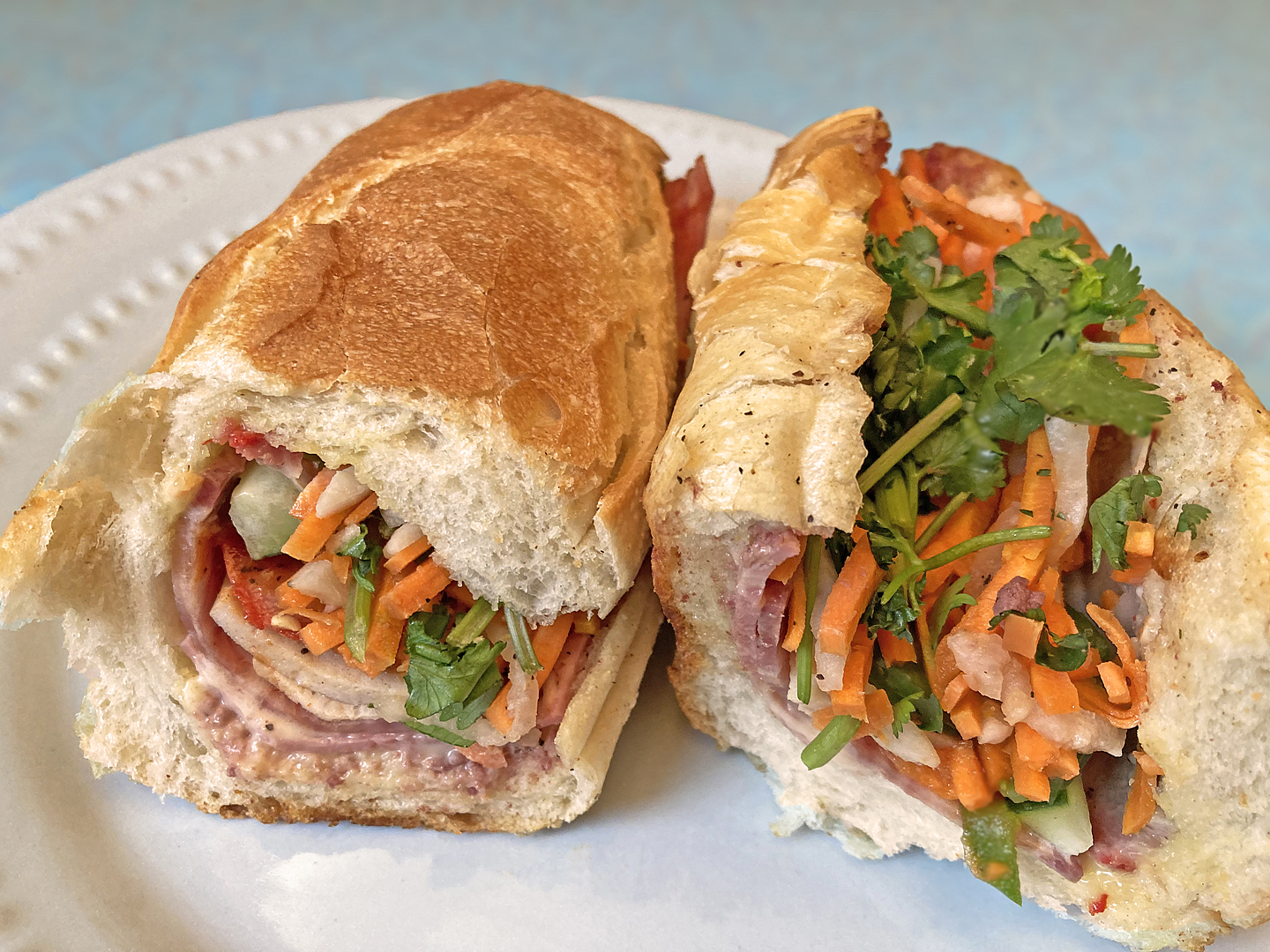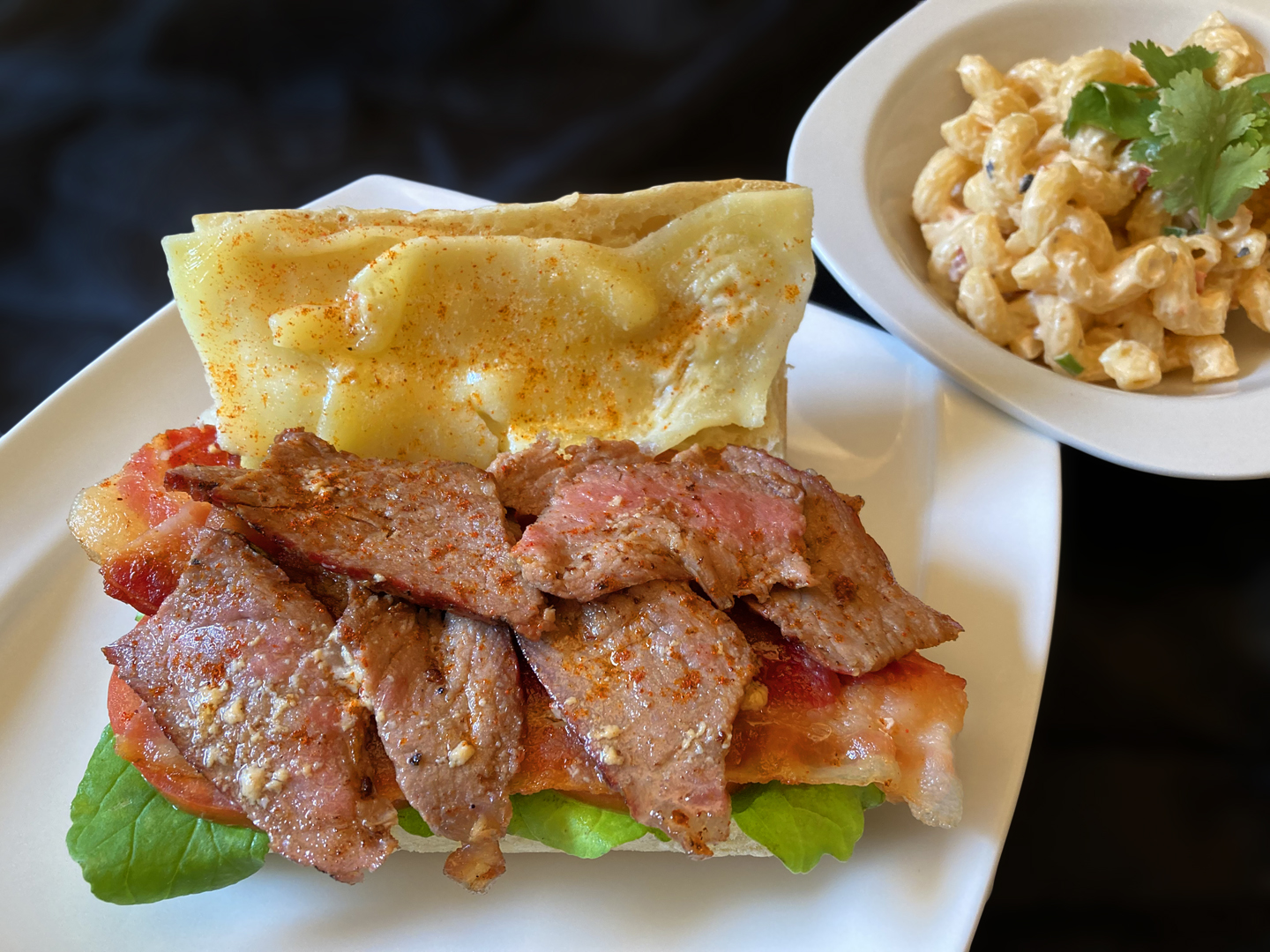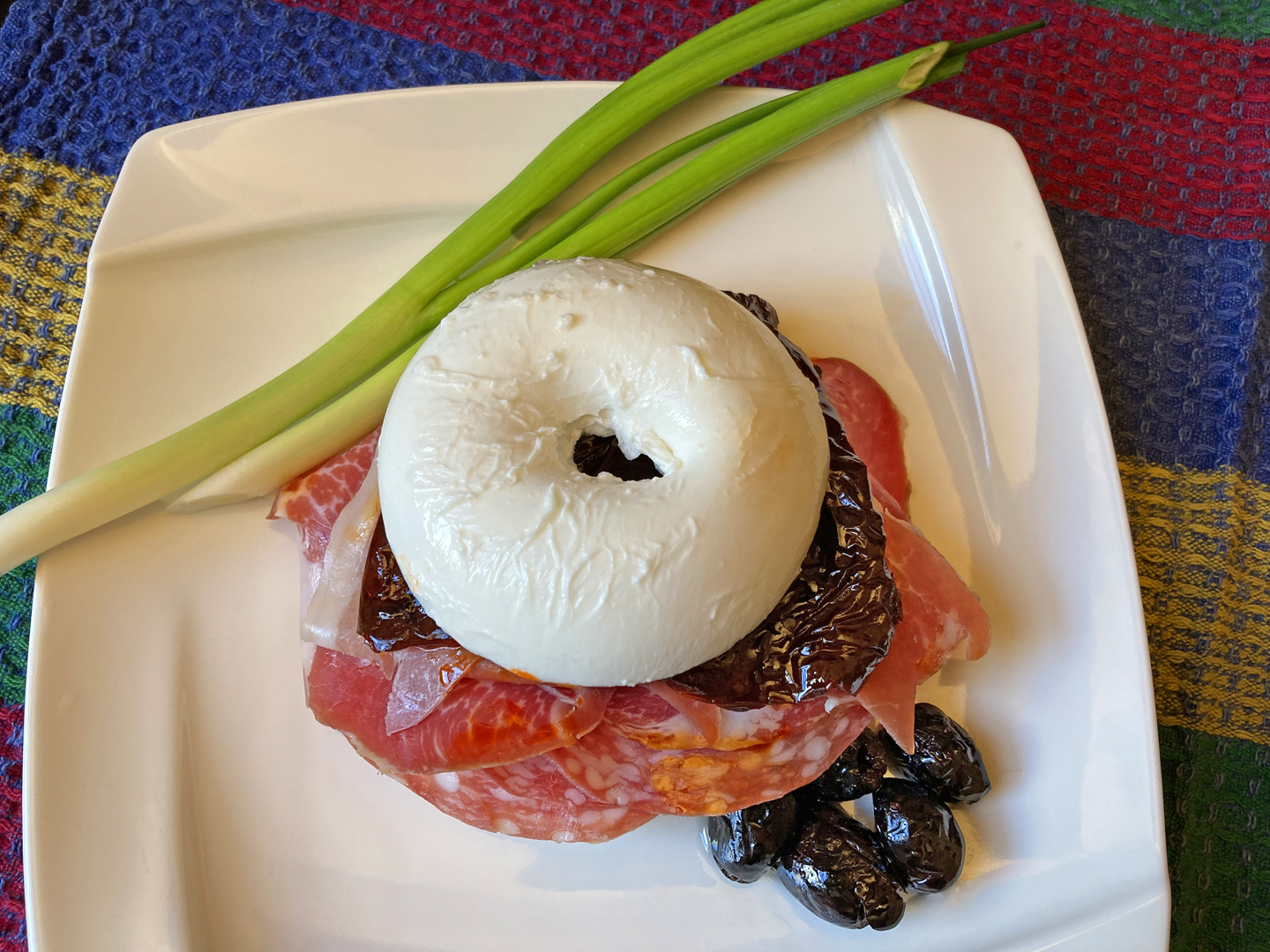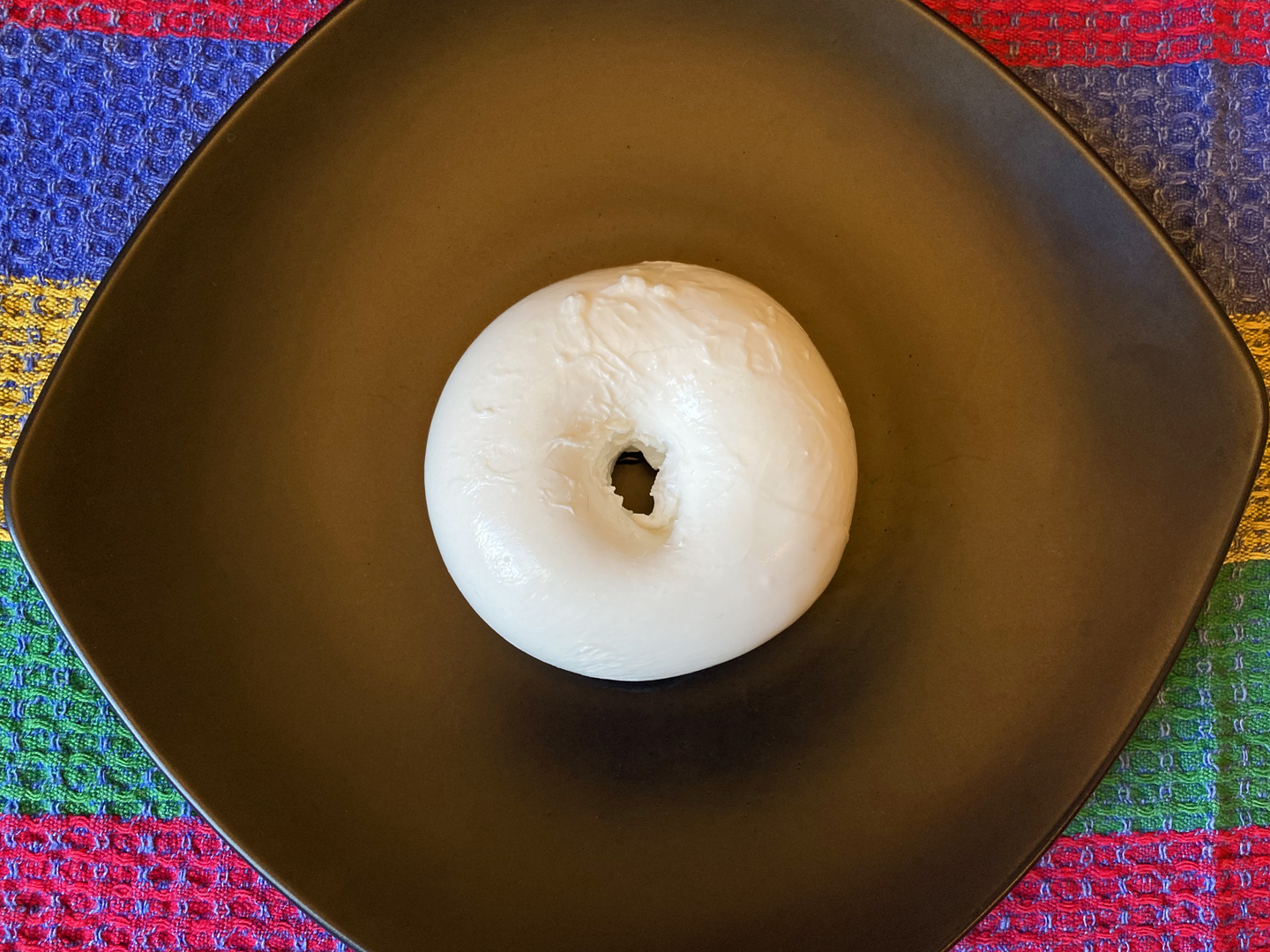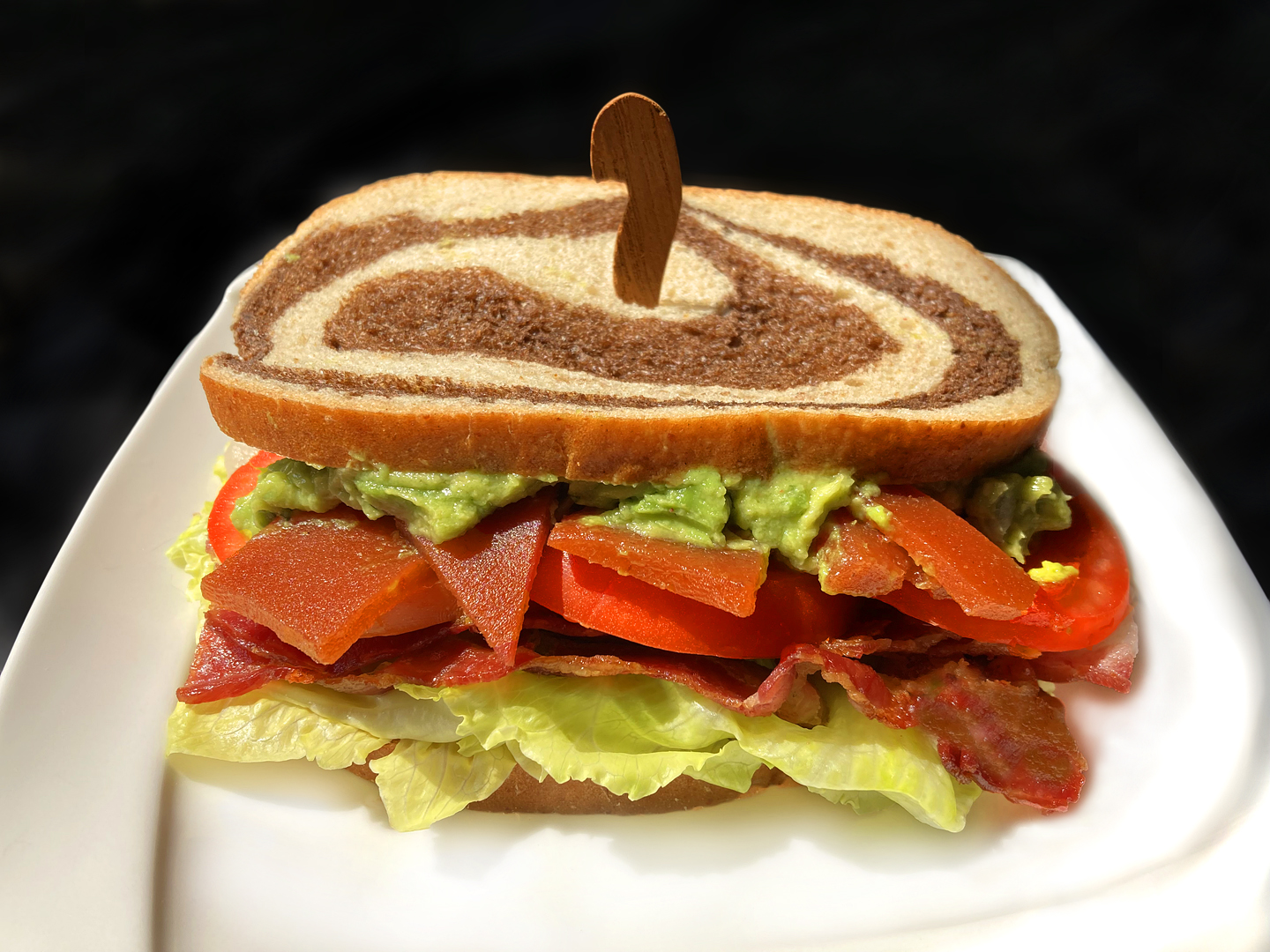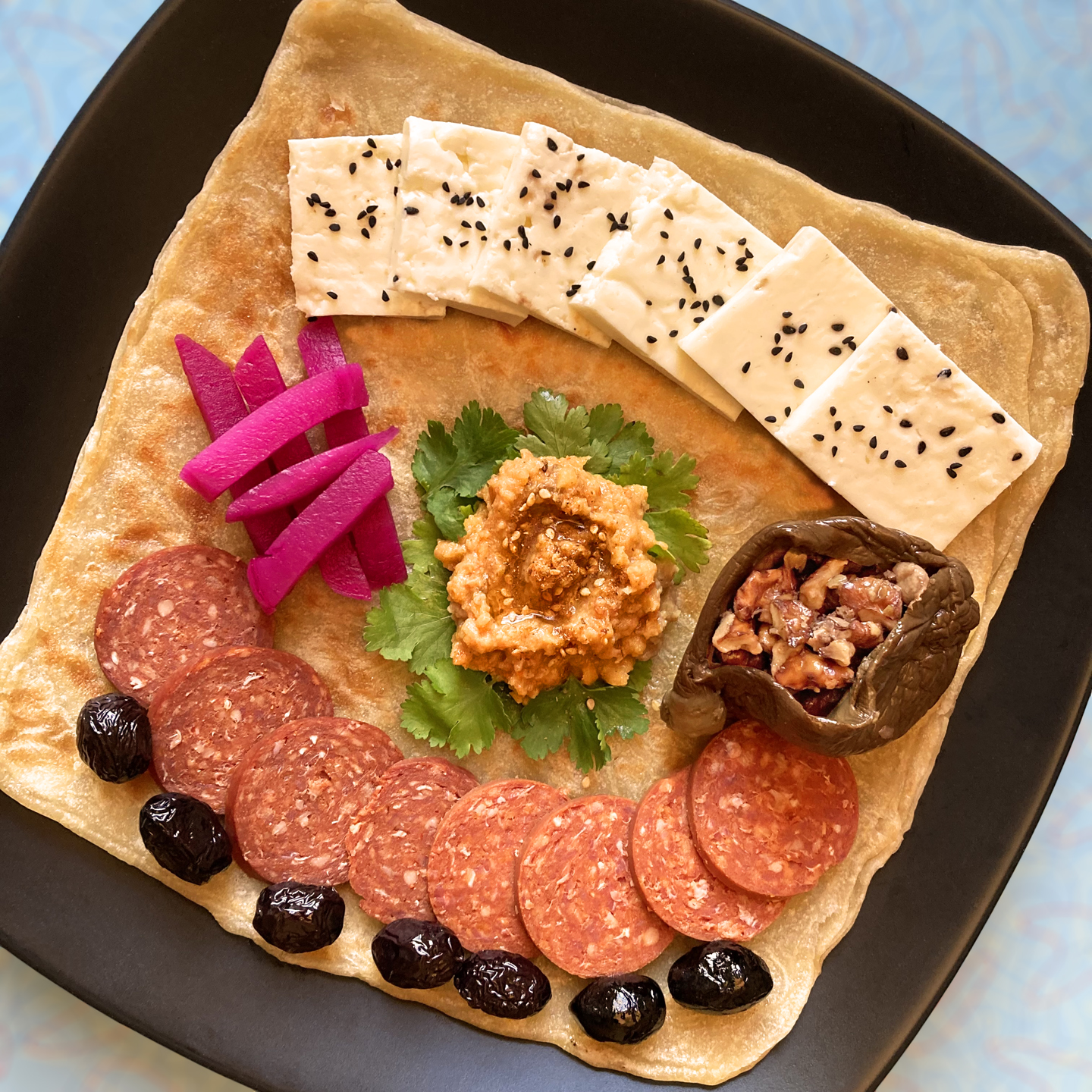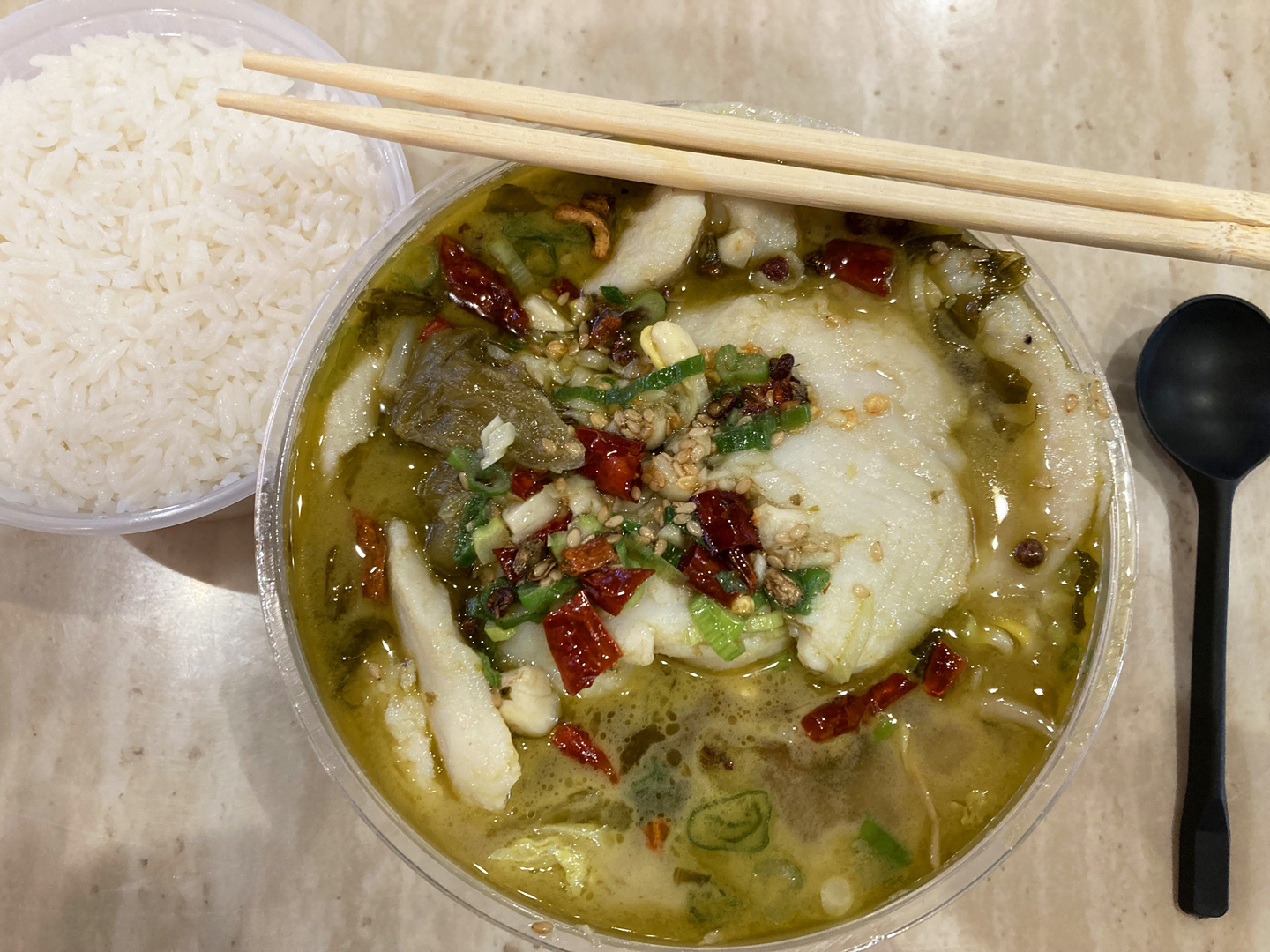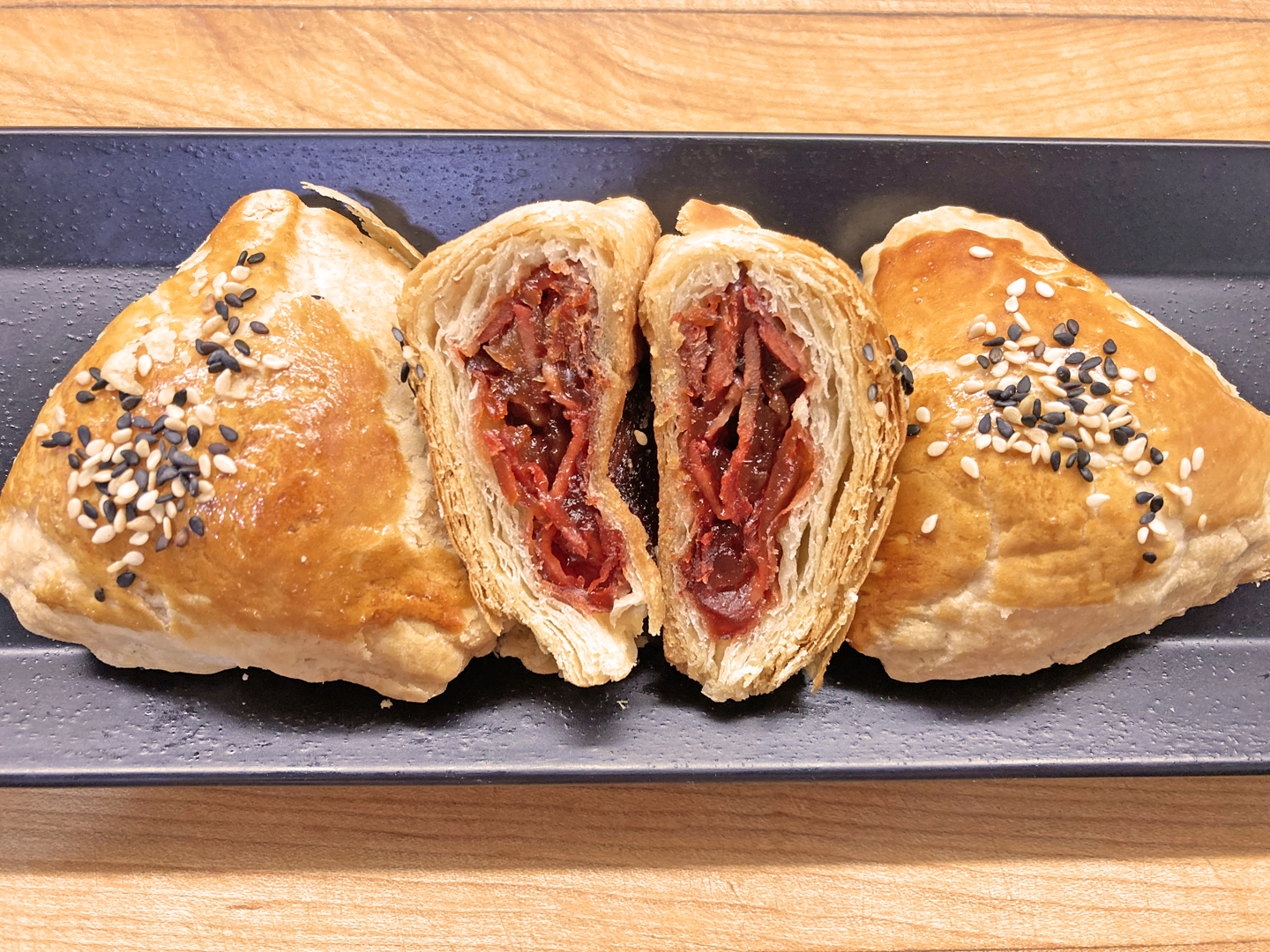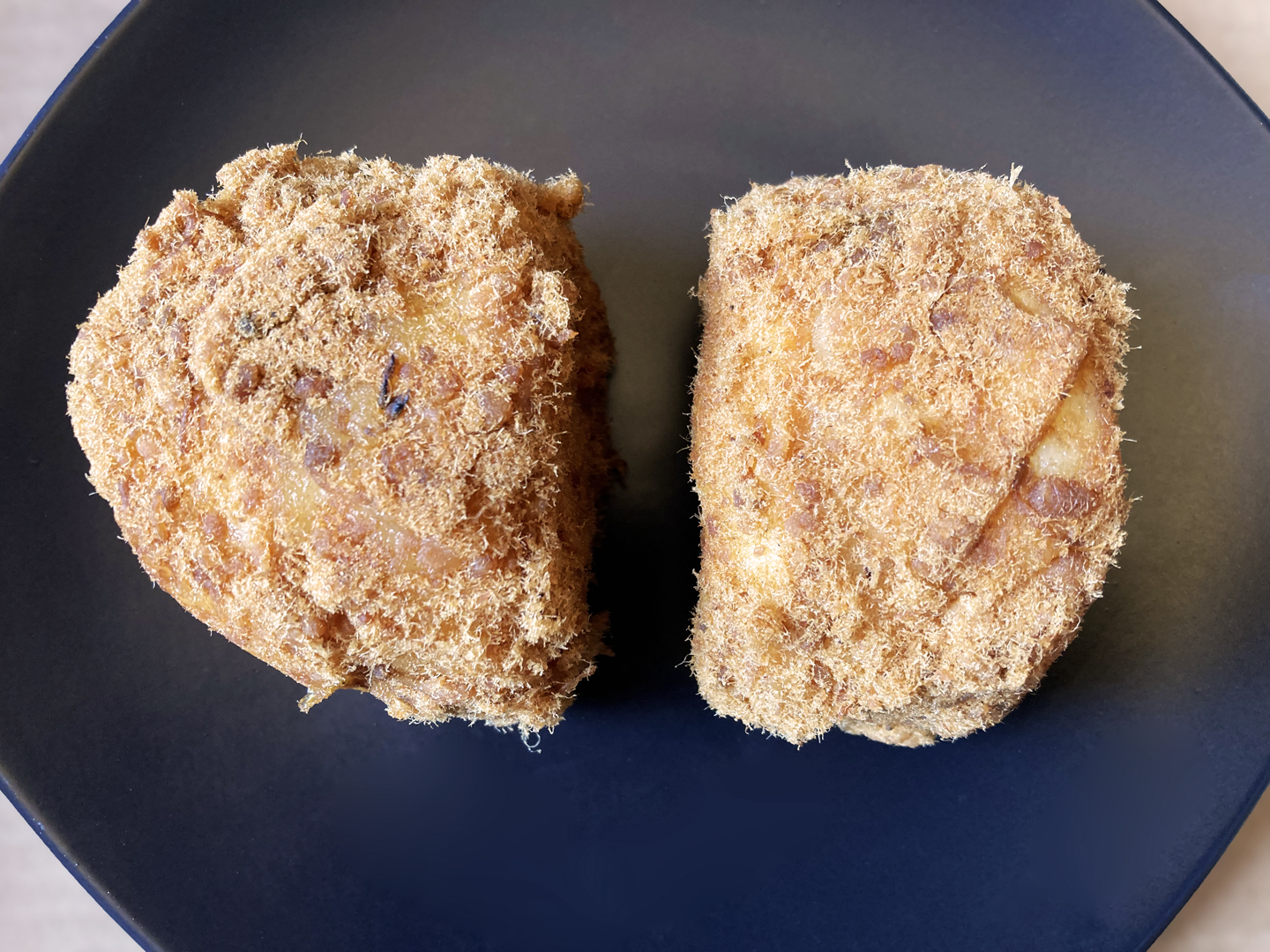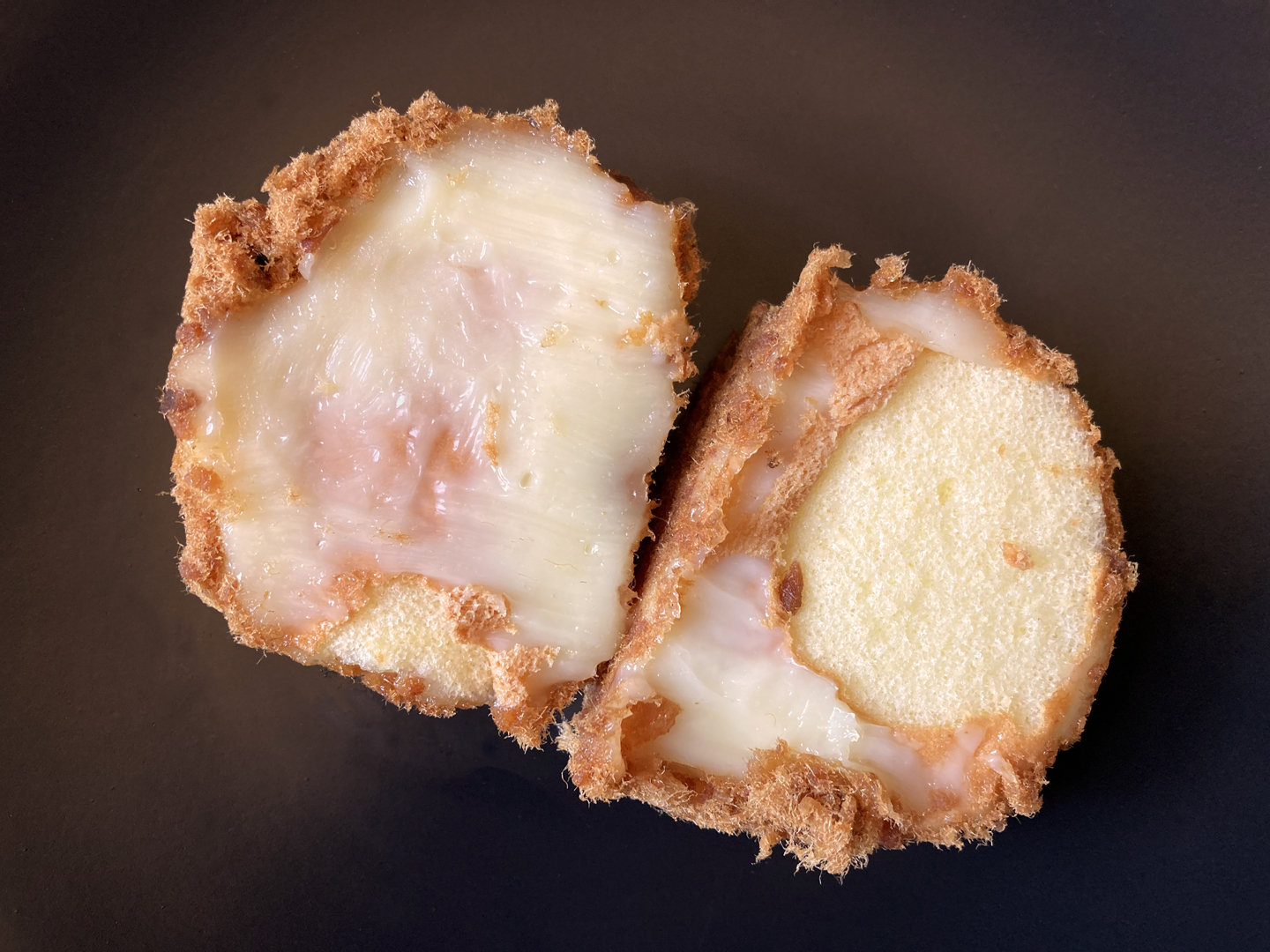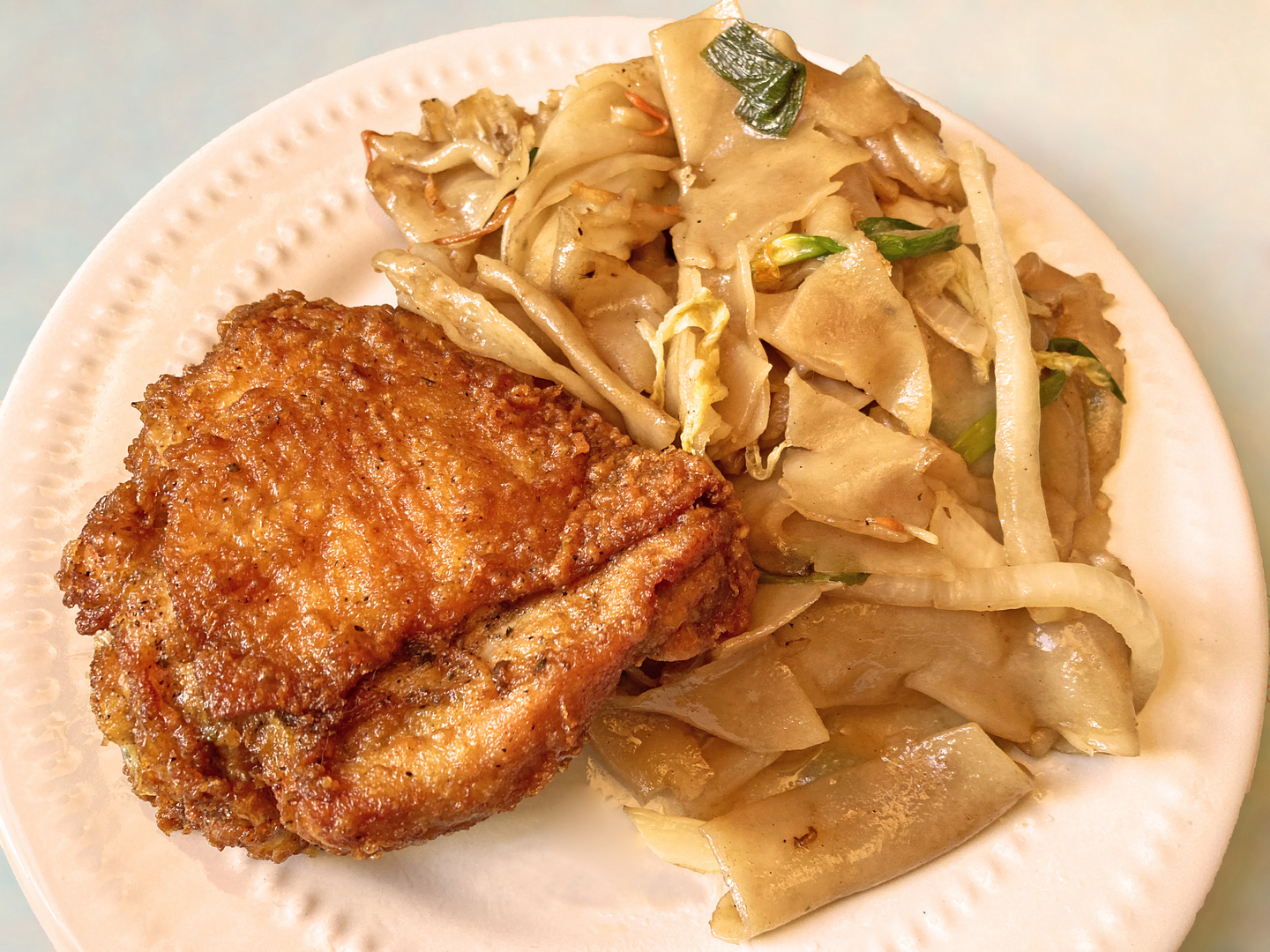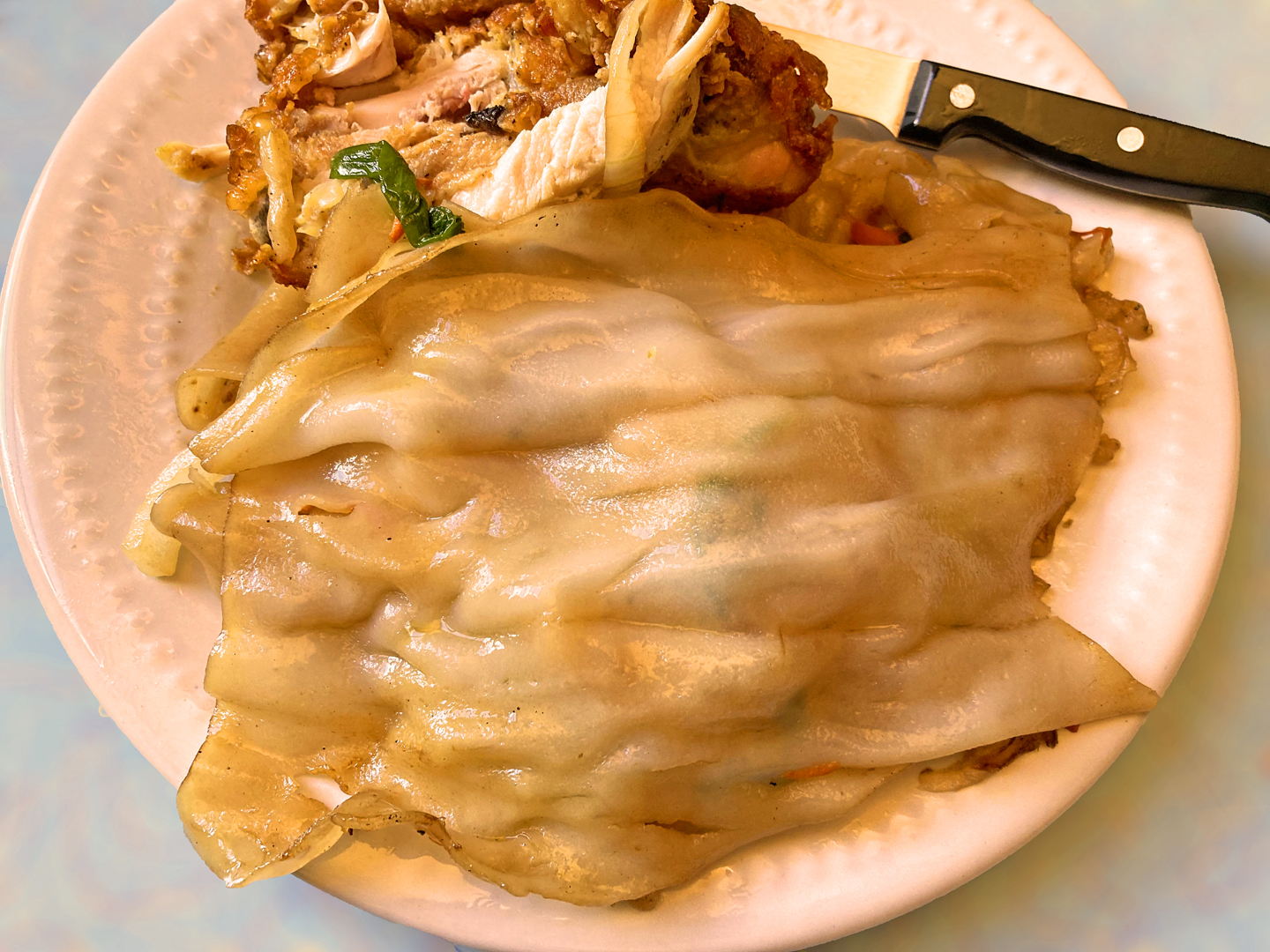(Click on any image to view it in high resolution.)
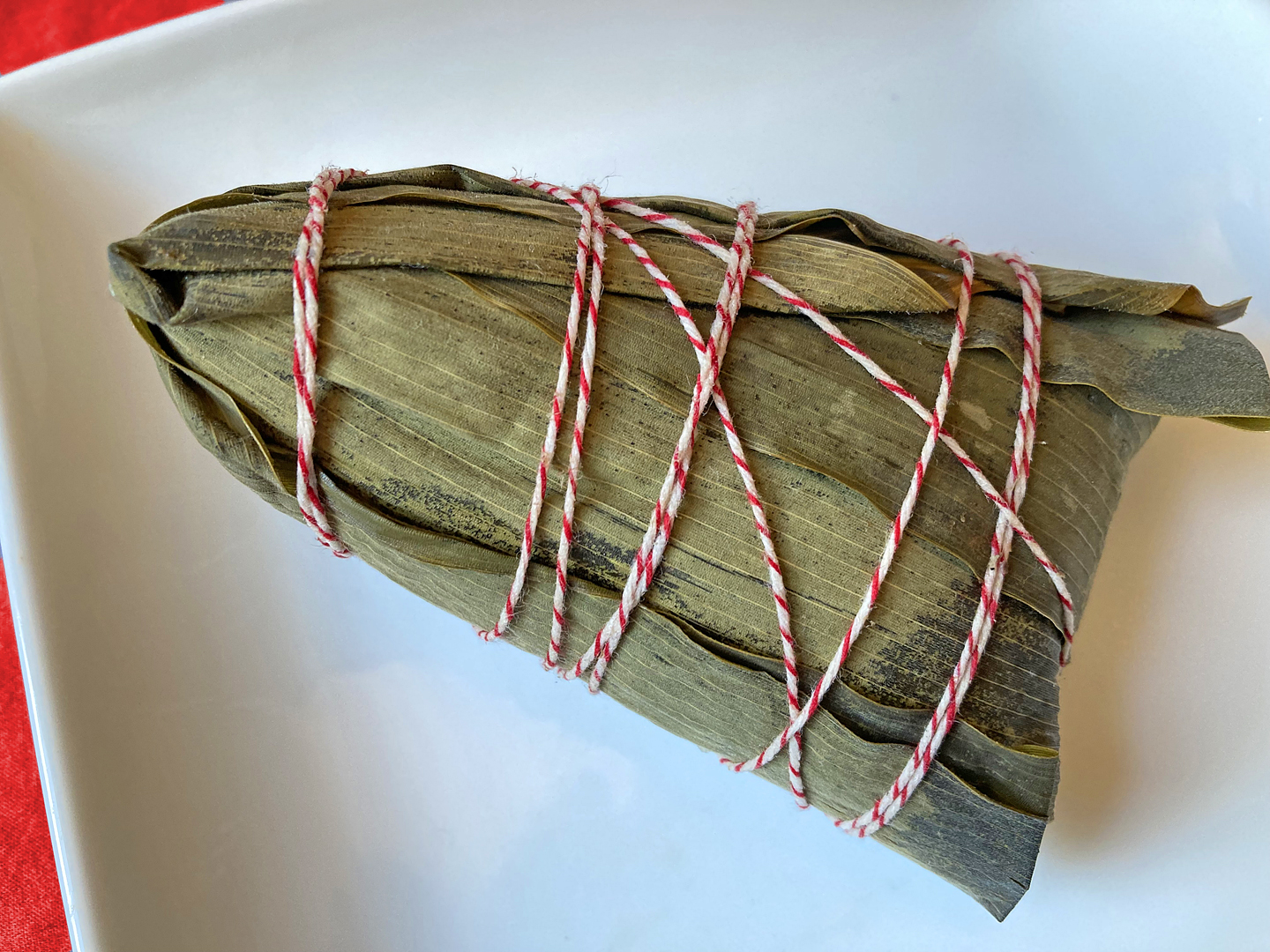
Dragon Boat Festival, the time-honored Chinese holiday that occurs on the fifth day of the fifth month of the Chinese calendar, commemorates the death of the beloved poet and scholar Qu Yuan in 278 BCE. The holiday interconnects the poignant tale of his demise, dragon boats, and zongzi, the traditional sticky rice dumplings associated with the event; in 2023, the date corresponds to June 22.
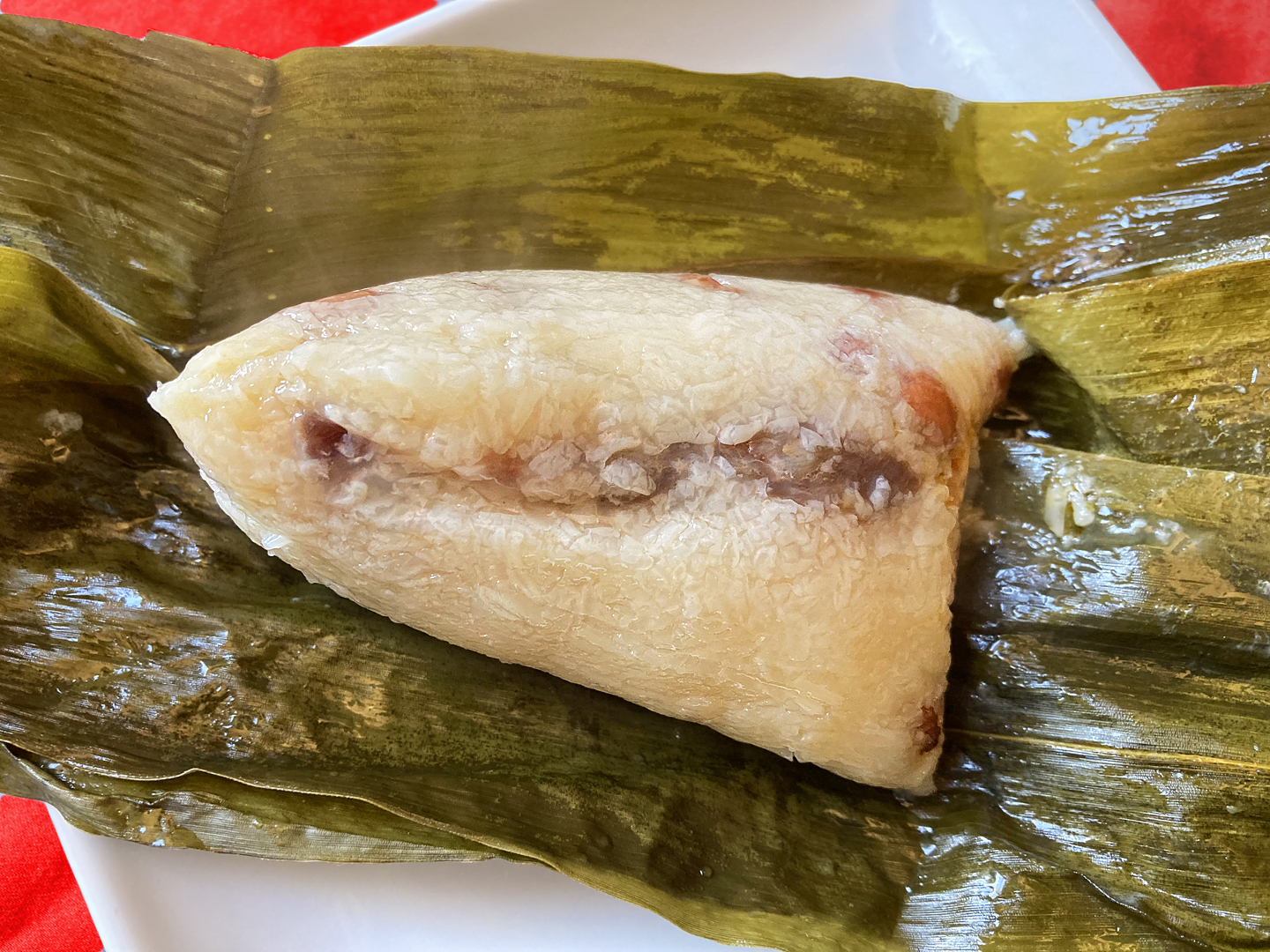
Zongzi (aka joong in Cantonese) are fashioned from sticky rice wrapped in bamboo leaves and shaped into triangular semi-pyramids tied with twine. At your local dim sum parlor, you might see sticky rice wrapped in lotus leaves but those are Lo Mai Gai, usually rectangular or pillow shaped and featuring chicken – different but also delicious.
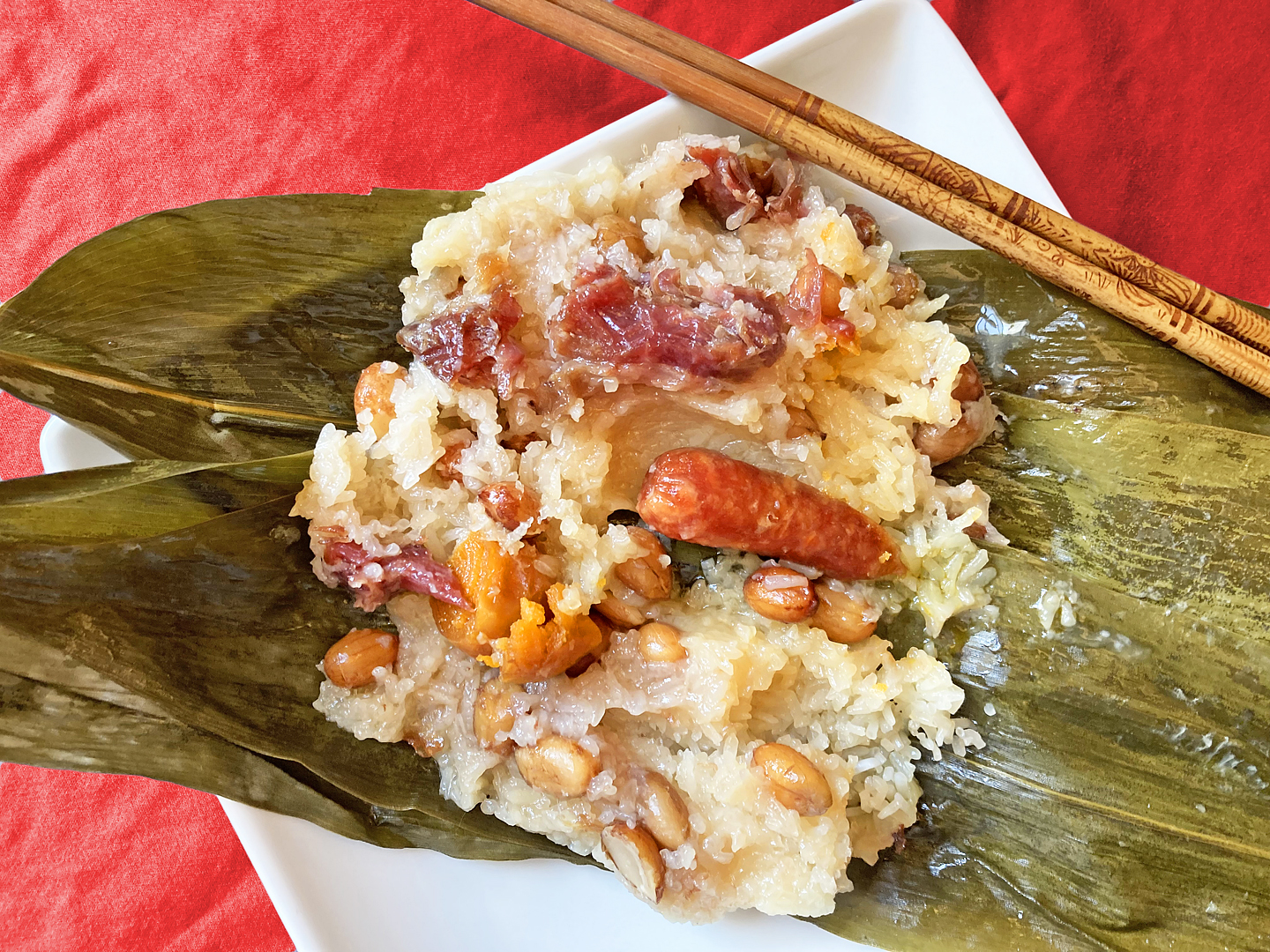
They’re made with an array of fillings, some sweet, some savory, and the particular flavor distinctions vary throughout regions of China and elsewhere in Asia. Here in New York City, it’s easy to find savory versions packed with peanuts, pork belly, lap cheong (Chinese sausage), ham, salted duck egg, dried shrimp, mushrooms and more in various permutations and combinations; they’re available year round in any of our nine Chinatowns. (Yes, nine. We are blessed.) Sweet types include red dates and sweet bean paste.
For best results, steam them first, then snip off the twine, unfold the leaves, and dig in.
This one has all of the savory ingredients I mentioned (you can play Where’s Waldo with it if you like); it came from M&W Bakery, 85A Bayard St in Manhattan’s Chinatown, where they offer at least five varieties.
And yes, of course that’s one of the stops on my Manhattan Chinatown ethnojunket.

